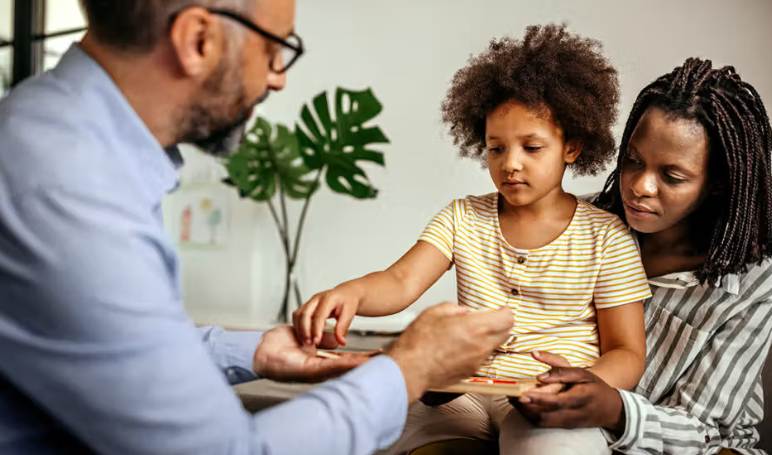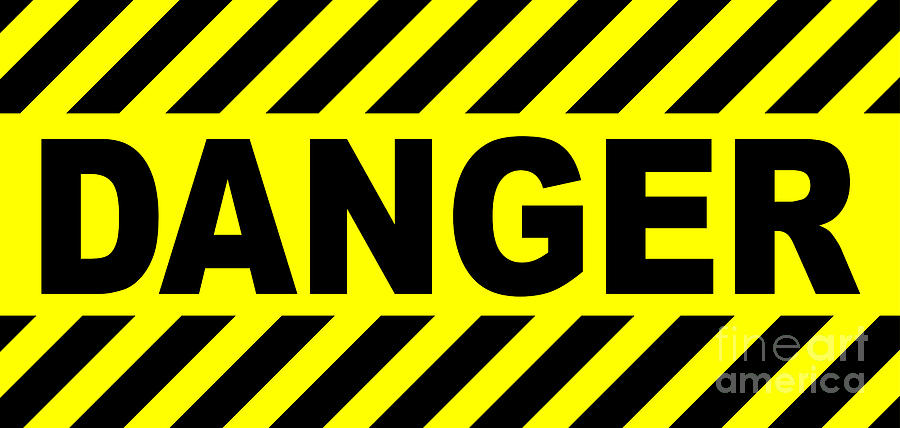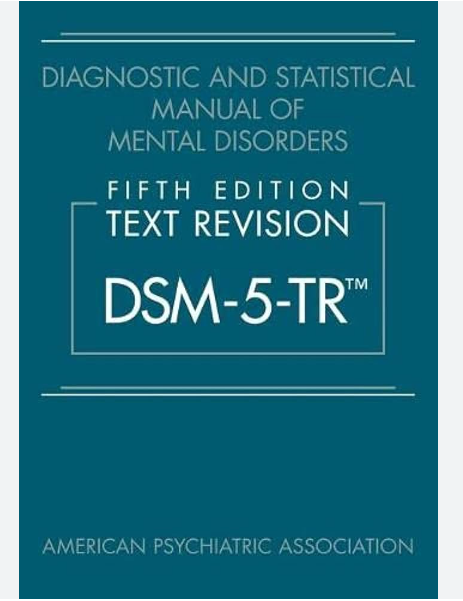
What does trauma treatment look like with a child?
First conclude all the legal work, making sure that the necessary reports are in and forensic examinations and interviews have been completed. Tell the child the therapist has worked with children who have been touched or hurt on their bodies or on their private parts and have confusing feelings as a result. Give them permission to say as much or as little as they want. The younger the child the shorter the explanation is needed. Take them to the appointment the same way you would schedule a medical or a school meeting. Talk with them about the abuse in a normal tone of voice. Don’t over or underemphasize it. And then follow their lead unless they want to avoid all mention of it.

Pressuring a child to speak in therapy is not helpful, but nor is waiting for a child to ever mention what happened. Going with the child and opening up the conversation is helpful, and checking in with your child at home on a regular basis helps too.
When a child has been abused, some of the things we want to help them with are as follows:
- regulate feelings, lots of mixed feelings and big feelings come up and need to be sorted out
- feeling the painful emotions instead of keeping them all hidden inside
- learn how to express feelings to loved ones, finding the words to use to talk about what happened, figuring out how to talk about it and learning how to have a voice is very important because often that voice has been silenced in abuse situations
- decrease symptomatic behavior like withdrawing or acting out
- desensitize the traumatic memories and also correct faulty beliefs about what happened
- promote integration by helping them have a sense of cohesion in their thoughts, feelings and behavior
- finding motivation to grow and succeed
John Bowlby said that people have to speak the unspeakable. Karp and Butler (1996) said: “the child’s work is to gain the courage to go back to the frightening thoughts and images of the trauma and explore them in a safer environment when there is a better sense of control. The child must then gain the skills necessary to cope with what may be seen as a frightening world in which to grow up as a healthier adult.”
If children or adults are experiencing dissociation, we can help with that too:
- Develop a language for dissociation: sometimes you go far away, what do you call it when you do that? Is that spacing out? Zoning out? Getting little? Going inside? Daydreaming?
- Assess the use of the dissociative response, time of day, what’s going on before or right after?
- Normalize it, explain that everyone can do this, how does it help them
- Talk about the disadvantages, there’s time it’s not wise to do this, like during a school lesson, or riding a bike
- Work on ways to intervene with unhelpful dissociation with the goal of heightening their ability to dissociate at will.
- Establish a sequence of responding with dissociation, what happens behaviorally, physiologically, cognitively, affectively and sensory. Identify the earliest clue that it’s happening and this becomes the point of intervention.
- Explore alternatives to flight, work on affect tolerance and modulation. Work on feeling parts of their bodies, knowing the boundaries of their physical and spiritual self, listen to heart beat, engage in physical activity, take snapshots, look in the mirror and describe what they see
Some of the books that are useful in trauma treatment, are the books by Chandra Gosh.
Once I was Very, Very Scared, Chandra Gosh
This book helps children and parents understand common trauma responses, using animal characters. You can even look on you tube for a reading of this story. It’s been helpful for me to give this to caregivers who are contemplating psychotherapy treatment and aren’t convinced that it is important.

Mama’s Waves, Chandra Gosh
This book helps children put words to experiences of an adult who has substance abuse or mental health difficulties. So often these families have been through so much together, with their loved one and it’s very hard to help the child understand what the caregiver is struggling with. Again, we need to find words that are appropriate, and match the child’s developmental age.

You weren’t With Me, Chandra Gosh
Helping children to deal with separation, it was written in response to the forced family separation related to border crossing/immigration. This is a sad story in which a child expresses their fear and sadness to a loved one who was not there when they were hurt. It is difficult to hear, but is so powerful once a child says these words out loud and gives the caregiver a chance to respond and to take care of them one more.















